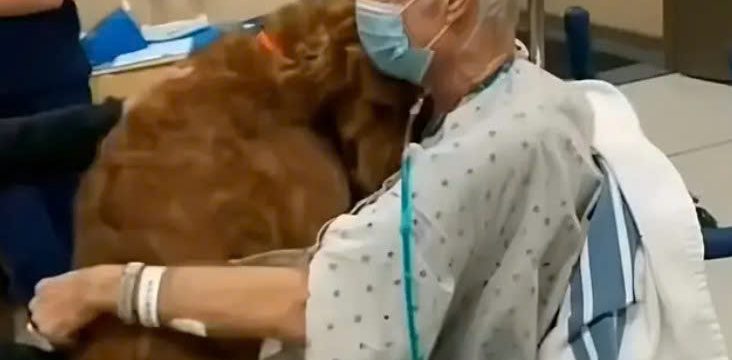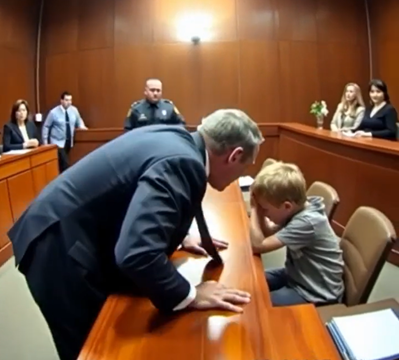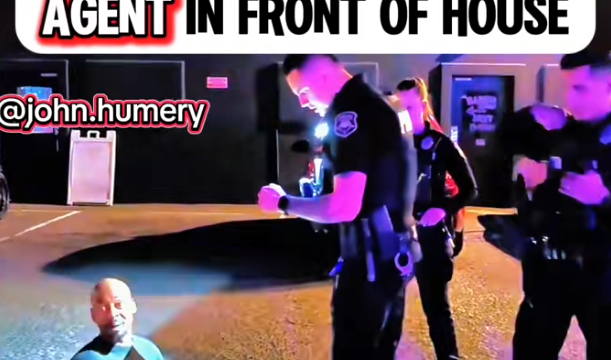A mysterious photograph taken in Utah’s barren desert landscape has triggered a storm of speculation across social media, with many questioning whether it reveals a hidden military base entrance or something more mundane like a cave or abandoned mine. The image, first shared by the account @UtahMystery on X and already viewed more than 1.8 million times, shows what appears to be a shadowy opening in a rocky mesa.

Its remote location, roughly 100 miles southwest of Salt Lake City in the Great Salt Lake Desert, has led many to connect it with Dugway Proving Ground, a massive and secretive U.S. Army installation long associated with weapons testing and conspiracy theories. The ambiguity of the photo—with no military signage, vehicles, or obvious equipment in sight—has only fueled speculation. While some online users insist it looks like a covert military tunnel, others argue it is more likely a natural formation. Polls have shown opinions nearly evenly divided, with a slight majority leaning toward a military explanation, a result that highlights just how powerful Utah’s legacy of secrecy is in shaping public imagination. Dugway Proving Ground, established during World War II, covers nearly 800,000 acres of desert and has a long history of testing chemical, biological, radiological, and explosive weapons.
Its controversial record includes open-air experiments in the 1950s and 60s, most infamously the 1968 Skull Valley sheep incident where thousands of sheep died after exposure to VX nerve agent. Over the decades, Dugway’s tight restrictions, warning signs, and limited access have made it a focal point of conspiracy theories, with some calling it the “new Area 51.” Facilities built to simulate underground environments have only stoked rumors of secret tunnels and hidden entrances, and while experts say Dugway’s mission is focused on defense, its veil of secrecy leaves plenty of room for speculation. The idea of hidden underground bases has long been a fixture in conspiracy culture, reinforced by movies, video games, and urban legends.
In Utah, whispers of tunnel networks stretching beneath Dugway or even linking to Skinwalker Ranch hundreds of miles away have persisted, despite a lack of credible evidence. Enthusiasts speak of nuclear-powered drills creating glass-lined tunnels, while skeptics argue such feats are implausible given the lack of proof and the difficulties of hiding excavation on such a scale. Historical records confirm Dugway conducted hundreds of hazardous tests, but no credible documentation has ever proven the existence of sprawling subterranean complexes. Still, the lore persists, with online polls and debates giving the possibility of an underground base a slim but tantalizing chance. Utah’s unique geology, however, offers plenty of alternative explanations.
The desert is filled with caves, abandoned mines, and unusual rock formations that can appear artificial to the untrained eye. Past viral images have turned out to be misidentified mines or man-made structures from old infrastructure projects. A century-old tunnel carved through cliffs in Zion was once mistaken for a secret base, while drone footage has debunked other alleged military entrances as ordinary mining remnants. Given the region’s history of uranium extraction and desert mining operations, many geologists suggest the photo is more likely to show an abandoned mine than a hidden government facility. Yet despite these rational explanations, social media has amplified the mystery.
The hashtag #UtahMystery has generated millions of mentions, with some users claiming the photo shows an “alien tech backdoor” while others dismiss it as nothing more than a cave. The phenomenon mirrors the frenzy around Area 51 decades earlier, where speculation about extraterrestrials persisted until declassified documents revealed the base was used for stealth aircraft testing. Social media thrives on ambiguity, and this photo’s unclear details make it the perfect seed for conspiracy theories. Utah’s history of military secrecy only strengthens these narratives. Beyond Dugway, the state hosts Hill Air Force Base, Tooele Army Depot, and vast training ranges. The 2014 anthrax mishap at Dugway, where live spores were accidentally shipped to labs across the nation, deepened public distrust, proving that dangerous mistakes can happen under the cover of secrecy.
The state’s desert also houses the NSA’s Utah Data Center, another lightning rod for speculation about hidden operations. These realities make it easier for people to believe in clandestine activities even when evidence is lacking. From a practical perspective, however, the chances of the photo showing a genuine secret entrance seem slim. A functioning covert access point would likely require security measures such as cameras, guards, or at least some evidence of use, none of which are visible. The logistical challenges of maintaining undiscovered underground tunnels are immense, especially in an area frequently watched by hobbyists, UFO enthusiasts, and satellites.
Analysts estimate that the probability of the photo showing a deliberate military construct is far lower than the odds of it being a natural or historical formation. Still, the fascination persists because it taps into something bigger than geology or military planning: a cultural obsession with the unknown. From Cheyenne Mountain, where NORAD operates inside a hollowed mountain, to Area 51’s once-classified aircraft projects, history has shown that governments do keep secrets, sometimes with very real consequences.
The Utah image feeds into this narrative, blending legitimate secrecy with speculation and fueling a mystery that may never be fully resolved. In the end, the viral photo from Utah is most likely a cave or abandoned mine, but its allure lies in what it represents. It is less about what the image shows and more about what it allows people to imagine—a hidden doorway into the unknown, an echo of America’s long-standing fascination with secrecy, danger, and possibility. As millions continue to debate the image online, the story serves as a reminder of how quickly mystery can spread in the digital age, and how easily shadows in the desert can be mistaken for secrets buried deep beneath the sand.





